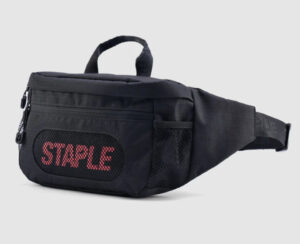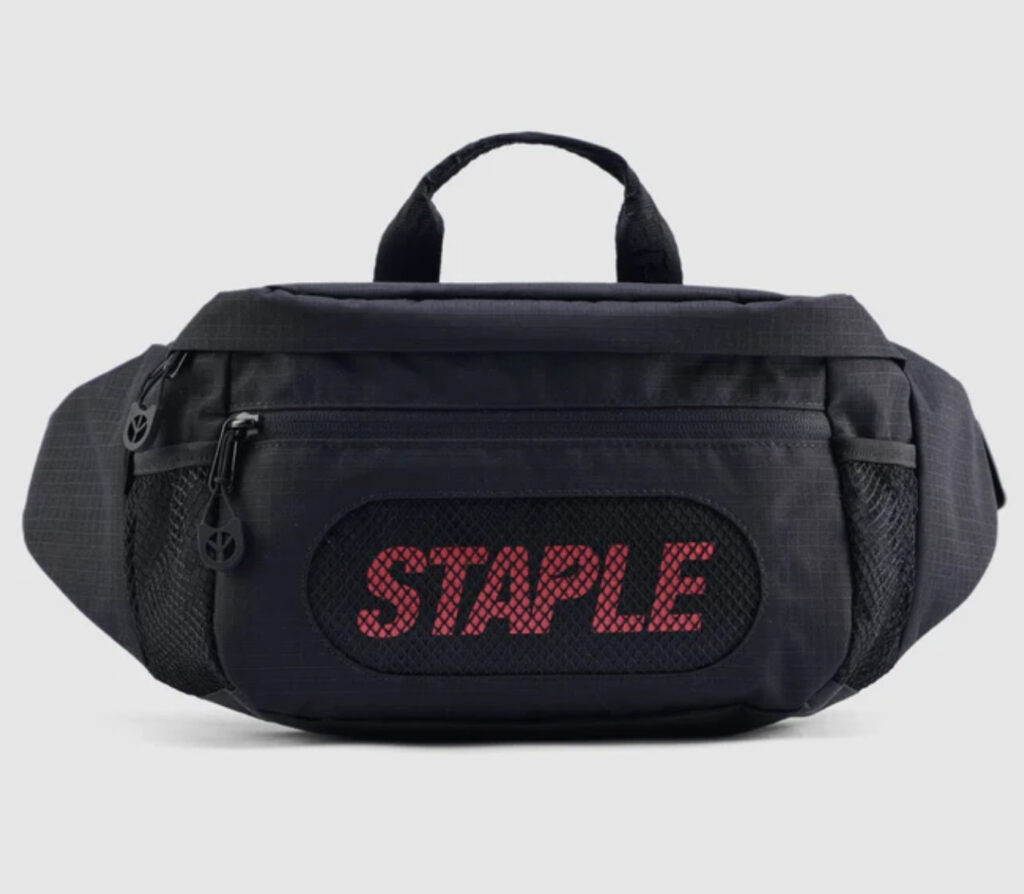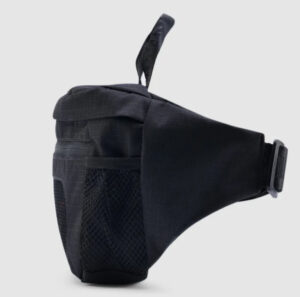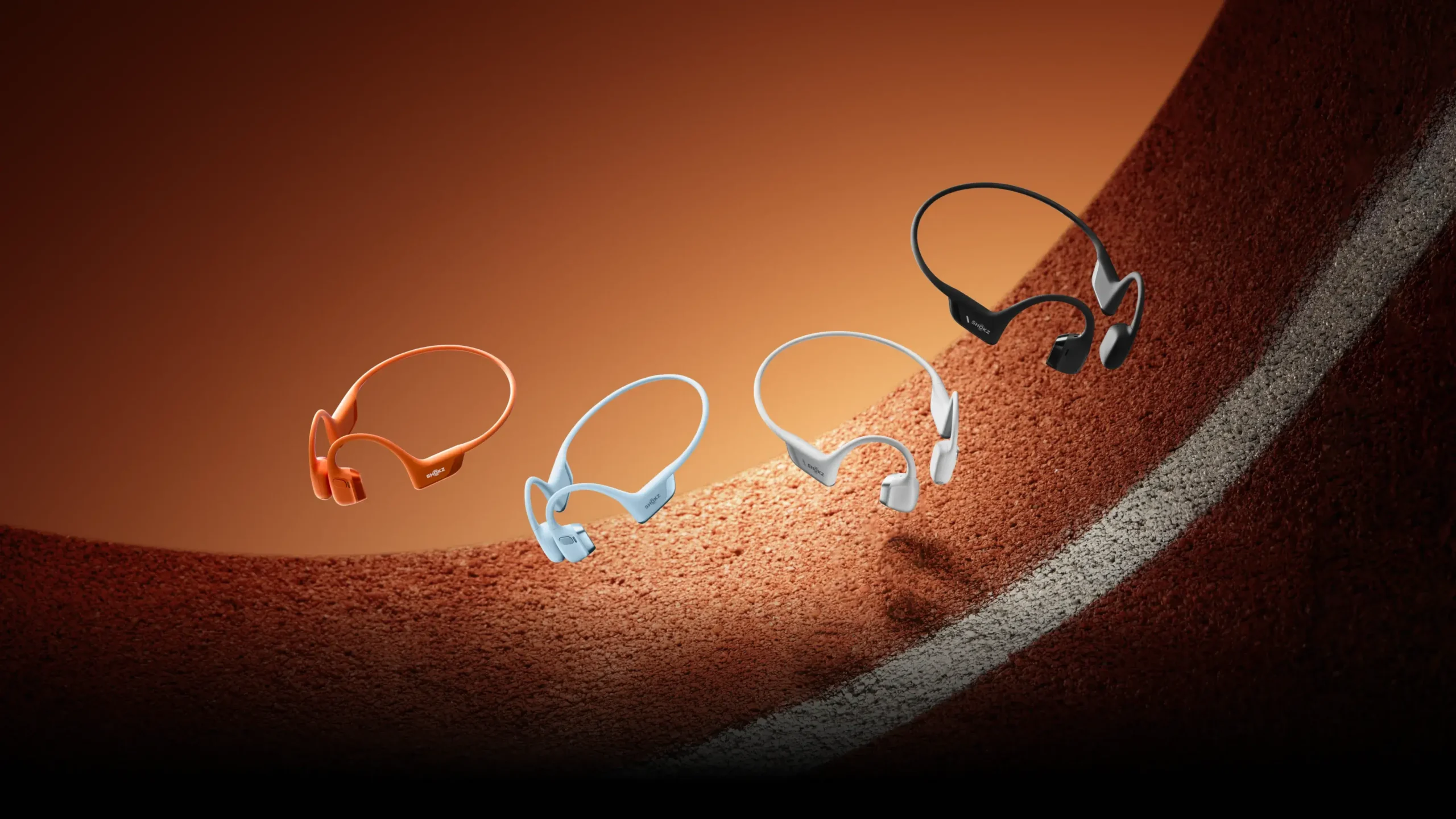
In a market oversaturated with drops, logos, and limited releases, the logo waist bag is more than just another accessory—it’s a cultural signal. And in the hands of a brand like Staple, it becomes a symbol with weight. Not just branding for branding’s sake, but a wearable thesis on identity, hustle, and the street-smart evolution of design.
The waist bag—call it a fanny pack, belt bag, sling, whatever—has had a turbulent flight. Once dismissed as tourist-core cringe, it made a defiant comeback in the 2010s. Functional yet unapologetically loud, it was adopted by streetwear culture not just for convenience, but because it made a statement. The waist bag didn’t ask for attention. It demanded it. And it carried meaning—literally and metaphorically.
This is where Staple Pigeon enters the frame.
Founded by Jeff Staple in 1997, Staple started as a silkscreen experiment and grew into a full-fledged brand that redefined downtown New York grit. The pigeon logo—gray-bodied, pink-footed, scrappy—wasn’t just cute or quirky. It was political. It was New York. It was survival. It was everything streetwear stood for before it was a hashtag.
In the world of brand symbolism, few marks are as loaded as Staple’s pigeon. It’s urban wildlife: overlooked, underestimated, everywhere. Slapping that pigeon on a waist bag isn’t just about brand visibility. It’s about saying, “This is my environment. I navigate it on my terms.”
So, let’s talk about the Staple Logo Waist Bag—as product, as platform, and as cultural artifact.
Design: Function Dictates Form
Staple’s logo waist bags typically feature high-denier nylon, waterproof zippers, internal mesh pockets, and reinforced stitching. The look is utilitarian, but the aesthetic is refined. The pigeon often appears as an embroidered emblem or screen-printed centerpiece—sometimes perched subtly in the corner, other times dead center like a declaration.
Color palettes oscillate between black, olive, cement gray, and tactical camo—urban tones that reflect the cityscape they’re designed for. Occasionally, a limited drop flips the script: neon, reflective materials, tech fabric overlays. These aren’t gimmicks. They’re statements.
The Logo: More Than Branding
We’re living in a time where logos are currency. But not all logos carry the same cultural capital. Some are flex, some are fandom, some are nostalgia.
Staple’s pigeon stands apart because it doesn’t posture. It grounds. It says you belong, even when the world’s trying to tell you otherwise. Wearing it is less about aligning with a trend and more about claiming a mindset. Grit. Graft. Tenacity.
So when that pigeon is rendered on a waist bag—something strapped to your chest, your waist, your shoulder—it becomes armor. Mobile, modular identity. The pigeon flies with you.
Heritage: The Drop That Changed Everything
It’s impossible to talk about Staple without mentioning the 2005 “Pigeon Dunk” drop. Only 150 pairs released. Riots broke out. Police were called. The sneaker resale market was forever changed.
That release wasn’t just hype—it was historic. And it solidified the pigeon as more than a mascot. It was a symbol of exclusivity, yes, but also of cultural disruption. That legacy echoes in every product Staple drops—including their waist bags.
This is not a logo chasing clout. This is a logo that earned it.
Utility Meets Statement
There’s a practical reason the waist bag has stuck around—it just works. Whether you’re biking through Brooklyn, hitting trade shows in Tokyo, or weaving through the chaos of a Soho sidewalk, a waist bag gives you access without baggage. Phone, wallet, keys, mask, portable charger—your essentials at your fingertips.
Staple waist bags double down on this functionality. But they go further. They’re styled to shift with the user: waist, crossbody, over-the-shoulder. The strap adjusts to fit not just your body, but your energy. Loose or tight. Tactical or relaxed. Loud or quiet.
That flexibility reflects what streetwear has always been about: adaptation. Reappropriating utility for style. Turning necessity into flex.
Culture: The Streetwear Continuum
Streetwear is no longer niche. Its flowing appearance as a fast fashion’s disruptor, and the pulse of youth identity worldwide. But as the scene gets more saturated, authenticity becomes the most valuable currency.
Staple has never chased trends. It set them. And the logo waist bag is a continuation of that ethos. It’s not trying to be Supreme. It’s not aping Off-White. It’s Staple—through and through.
This is a brand that helped shape the grammar of modern streetwear: limited runs, brand storytelling, graphic identity, community engagement. And the waist bag? It’s a compact version of all those values, zipped into one.
Fashion as Framework: The Pigeon as Philosophy
In literature, the pigeon is often used as a metaphor for urban resilience. In psychology, pigeons are studied for their problem-solving. In art, they’re symbols of contradiction—beautiful yet grimy, common yet clever.
Staple’s pigeon captures all of that. It turns the mundane into the iconic.
The waist bag becomes the perfect canvas for this symbol. It doesn’t shout. It doesn’t need to. It just is. And in a world where authenticity is always under threat, there’s something powerful about that kind of quiet confidence.
Flow
There’s a difference between slapping a logo on a product and rendering identity into design. Staple does the latter. Their logo waist bag isn’t just branded gear—it’s a wearable reflection of urban philosophy.
This isn’t about nostalgia. It’s not about chasing hype. It’s about movement—forward, outward, upward. It’s about flight, the kind that pigeons make look effortless. The kind that starts from the streets and touches the skyline.
No comments yet.









